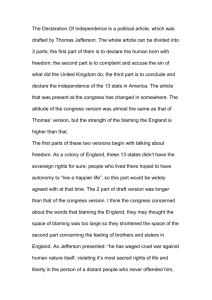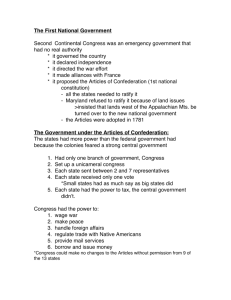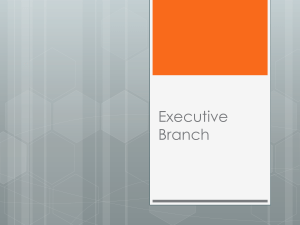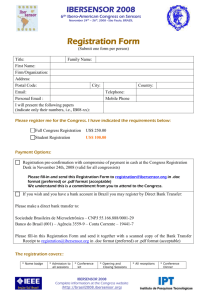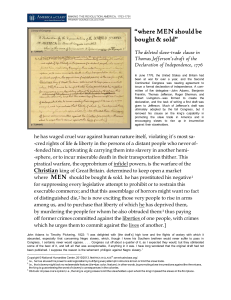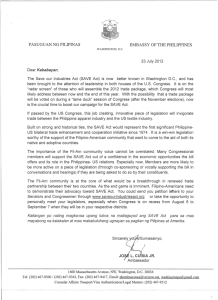Vocabulary Workshop: Library of Congress Reading Comprehension
advertisement
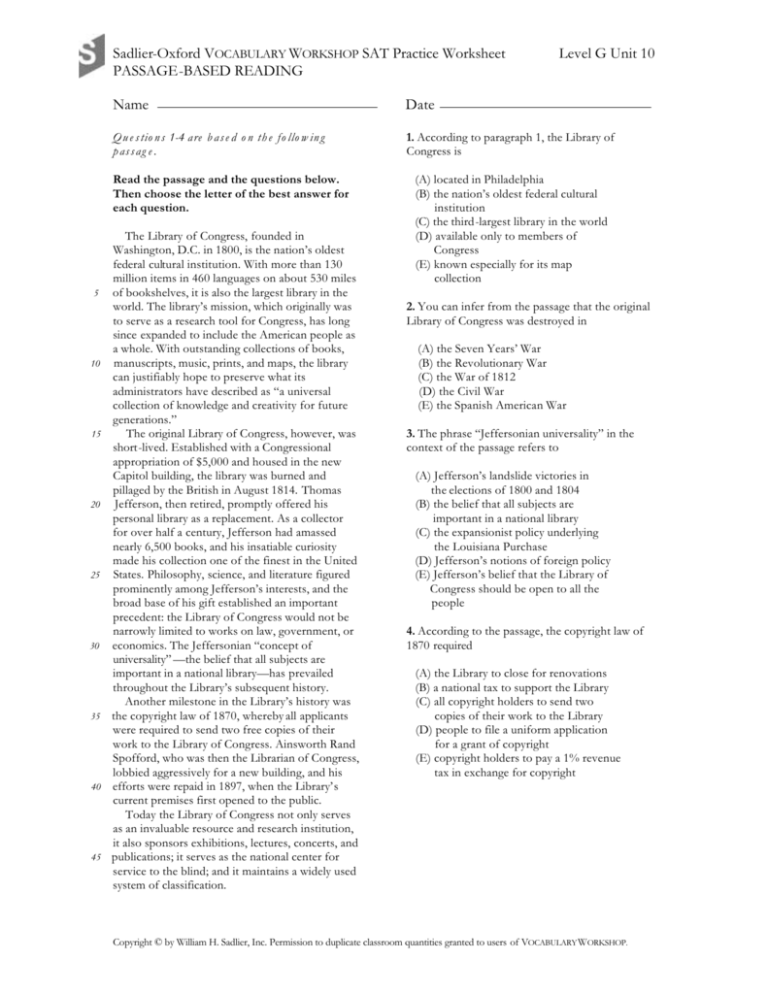
Sadlier-Oxford VOCABULARY WORKSHOP SAT Practice Worksheet PASSAGE-BASED READING Name Date Questions 1-4 are based on the following passage. 1. According to paragraph 1, the Library of Congress is Read the passage and the questions below. Then choose the letter of the best answer for each question. 5 10 15 20 25 30 35 40 45 Level G Unit 10 The Library of Congress, founded in Washington, D.C. in 1800, is the nation’s oldest federal cultural institution. With more than 130 million items in 460 languages on about 530 miles of bookshelves, it is also the largest library in the world. The library’s mission, which originally was to serve as a research tool for Congress, has long since expanded to include the American people as a whole. With outstanding collections of books, manuscripts, music, prints, and maps, the library can justifiably hope to preserve what its administrators have described as “a universal collection of knowledge and creativity for future generations.” The original Library of Congress, however, was short-lived. Established with a Congressional appropriation of $5,000 and housed in the new Capitol building, the library was burned and pillaged by the British in August 1814. Thomas Jefferson, then retired, promptly offered his personal library as a replacement. As a collector for over half a century, Jefferson had amassed nearly 6,500 books, and his insatiable curiosity made his collection one of the finest in the United States. Philosophy, science, and literature figured prominently among Jefferson’s interests, and the broad base of his gift established an important precedent: the Library of Congress would not be narrowly limited to works on law, government, or economics. The Jeffersonian “concept of universality” —the belief that all subjects are important in a national library—has prevailed throughout the Library’s subsequent history. Another milestone in the Library’s history was the copyright law of 1870, whereby all applicants were required to send two free copies of their work to the Library of Congress. Ainsworth Rand Spofford, who was then the Librarian of Congress, lobbied aggressively for a new building, and his efforts were repaid in 1897, when the Library’s current premises first opened to the public. Today the Library of Congress not only serves as an invaluable resource and research institution, it also sponsors exhibitions, lectures, concerts, and publications; it serves as the national center for service to the blind; and it maintains a widely used system of classification. (A) located in Philadelphia (B) the nation’s oldest federal cultural institution (C) the third-largest library in the world (D) available only to members of Congress (E) known especially for its map collection 2. You can infer from the passage that the original Library of Congress was destroyed in (A) the Seven Years’ War (B) the Revolutionary War (C) the War of 1812 (D) the Civil War (E) the Spanish American War 3. The phrase “Jeffersonian universality” in the context of the passage refers to (A) Jefferson’s landslide victories in the elections of 1800 and 1804 (B) the belief that all subjects are important in a national library (C) the expansionist policy underlying the Louisiana Purchase (D) Jefferson’s notions of foreign policy (E) Jefferson’s belief that the Library of Congress should be open to all the people 4. According to the passage, the copyright law of 1870 required (A) the Library to close for renovations (B) a national tax to support the Library (C) all copyright holders to send two copies of their work to the Library (D) people to file a uniform application for a grant of copyright (E) copyright holders to pay a 1% revenue tax in exchange for copyright Copyright © by William H. Sadlier, Inc. Permission to duplicate classroom quantities granted to users of VOCABULARY WORKSHOP.



